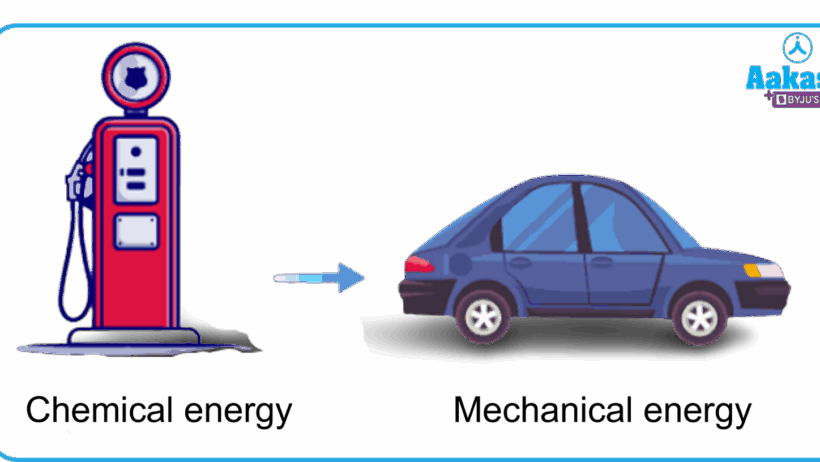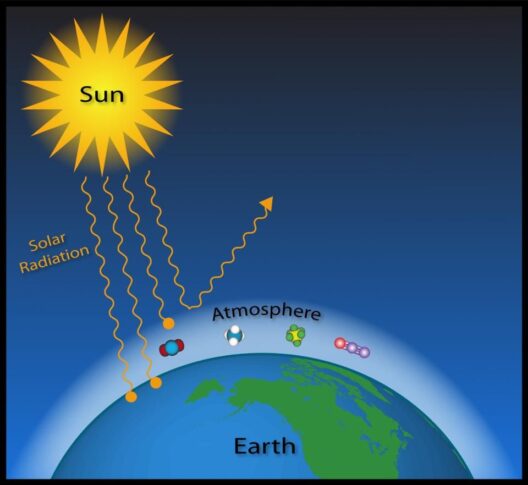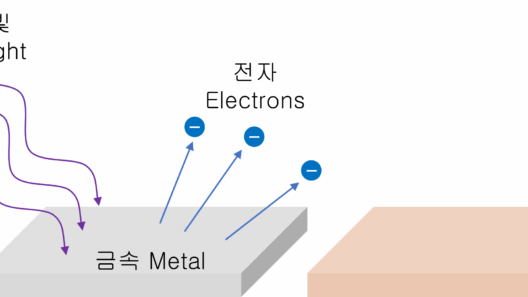Energy conservation is a concept that resonates across various domains—from physics to economics, impacting individuals, communities, and the planet at large. It encapsulates the deliberate and strategic reduction of energy consumption, aiming to enhance efficiency while maintaining the same level of service or output. This meticulous management of energy resources serves not merely as a method of saving costs, but as a pivotal component in the broader ethos of sustainability.
To fully grasp the intricacies of energy conservation, one must first delve into the foundational principles of energy itself. Energy, in its myriad forms—thermal, kinetic, electromagnetic, and chemical—underpins the functionality of modern life. It powers our homes, fuels our vehicles, and runs our industries. However, this incessant demand for energy, particularly from fossil fuels, has precipitated a multitude of environmental crises, including climate change, air pollution, and resource depletion. Thus, energy conservation emerges as a vital strategy in mitigating these challenges.
The scientific underpinnings of energy conservation are rooted in the Law of Conservation of Energy, a fundamental principle which posits that energy cannot be created or destroyed in an isolated system. Instead, energy merely transforms from one form to another. This principle impels us to recognize that optimizing energy use doesn’t involve diminishing our quality of life; rather, it encourages rethinking and reconfiguring how we utilize the life-sustaining electricity, heat, and fuels at our disposal.
At the heart of energy conservation lies the concept of efficiency. Energy efficiency refers to utilizing less energy to provide the same service. This can be realized through technological innovations, such as LED lighting, high-efficiency appliances, and advanced heating and cooling systems. For instance, switching from incandescent bulbs to LED counterparts can save a significant percentage of energy without compromising brightness. Such transformations are perfect illustrations of how small adjustments lead to large cumulative effects.
Moreover, energy conservation is also significantly influenced by behavioral changes. Cultivating conscious consumption habits can engender profound effects on energy usage. Simple actions—such as turning off lights when not in use, programming thermostats for optimal performance, or unplugging devices that are not actively being utilized—can collectively dwarf individual energy footprints. Education plays a critical role in this regard; raising awareness about energy needs and conservation techniques can mobilize communities towards more sustainable practices.
Transitioning to renewable energy sources plays a pivotal role in energy conservation efforts. Solar power, wind energy, and hydropower represent not just alternative sources of energy but also embody a path toward reducing dependency on finite resources. These renewable resources can be harnessed and converted into usable power with a negligible environmental footprint compared to fossil fuels. By integrating renewables into our energy mix, we take significant strides toward achieving a more sustainable and resilient energy framework.
In addition to individual actions, legislative and regulatory measures are paramount for promoting energy conservation on a national and global scale. Governments can enact policies that mandate energy efficiency standards for vehicles, buildings, and industrial processes. Incentives such as tax credits for renewable energy installations and energy-efficient improvements can stimulate both consumer and business investments in conservation technologies. Furthermore, international agreements and accords are instrumental in setting ambitious targets for reducing greenhouse gas emissions, catalyzing a global shift toward sustainable energy practices.
A major facet of energy conservation is its economic implications. While the initial investment in energy-efficient technologies may seem substantial, the long-term financial benefits often outweigh upfront costs. Lower utility bills, increased property values, and economic competitiveness can all be attributed to robust energy conservation strategies. Additionally, reducing energy consumption lessens the strain on infrastructure, which in turn can alleviate taxpayer burdens and contribute to broader economic prosperity.
The allure of energy conservation is not solely relegated to its direct benefits. It embodies a philosophical shift—a reimagining of our relationship with energy and the environment. By adopting conservation practices, we can cultivate a consciousness centered around stewardship and responsibility. It is an invitation to engage with our resources more thoughtfully, challenging the notion of entitlement towards perpetual consumption and advocating for a more equitable distribution of energy resources globally.
As society grapples with the looming threat of climate change and ecological degradation, energy conservation stands as a beacon of promise, urging a collective transformation in how we approach energy consumption. As we continue to unlock innovative technologies and foster progressive policies, the possibilities for energy conservation expand exponentially—offering not just a tangible method for resource management, but also serving as a philosophical catalyst for a sustainable future.
In conclusion, energy conservation transcends mere efficiency or cost savings; it is a comprehensive approach that integrates scientific principles, technological advancements, behavioral shifts, and policy frameworks. This multifaceted endeavor requires collaboration across all levels of society—from individuals to governments—to harness the collective potential of energy conservation. The journey toward a sustainable energy future hinges on our capacity to embrace this paradigm shift with urgency and unwavering commitment.








